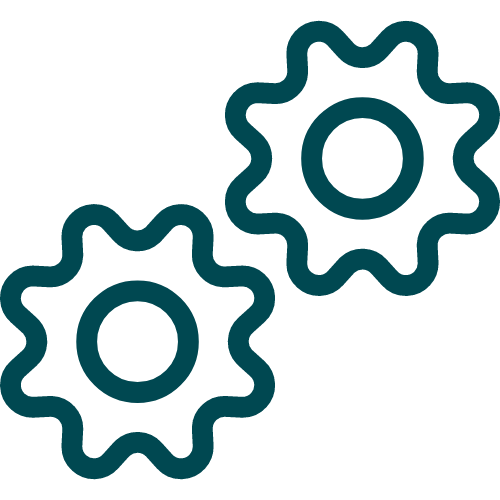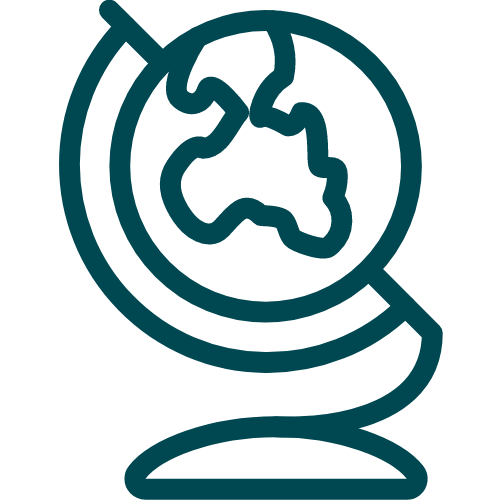Located in Atlanta, Manheim (a business unit within multi-generational, family-owned Cox Enterprises) is heralded as a leader in the vehicle re-marketing services arena. With its 20,000 employees in 125 auction locations around the globe, Manheim is transforming the wholesale vehicle buying and selling experience through investments in technology and innovative products and services – shifting the auction experience from an in-person one to an online one.
Founded in 1945, the company grew through acquisitions and partnerships over the years. Many of these auction houses remained locally run and operated. With a changing marketplace and digitalization impacting the industry, the old way of working was no longer sufficient to keep pace. Like many companies, the team experienced a “cultural hangover” after several years of recessionary reorganization and increasing industry competition.
The executive team knew change was urgently needed to regain employee morale and maintain their leadership position in the market. Because of this, they named their transformation effort “Right Now.”
The first step was to conduct a comprehensive, all‐employee opinion survey – Manheim’s first in several years. While the results illustrated highly engaged employees with an overall positive score of 78%, the survey also identified critical opportunities to help empower Manheim’s workforce. Many felt strong ties to their local market, but not to Manheim as a whole. Less than half of employees indicated agreement with the statement “At Manheim, it’s acceptable to take a chance on an idea that doesn’t work out.” In its report to Manheim executives, the survey vendor’s top recommendation was to foster a culture of speed and innovation.
The assessment was clear, and Manheim rallied around Kotter’s philosophy that to change behavior, you have to start by creating a sense of urgency. Rather than relying solely on books, Manheim brought Kotter in as their partner to help ensure a successful transformation.
Manheim’s leadership knew it was critical for employees at all levels – from auction staff to the executive team – to:
- Create collective understanding and excitement about the future of the company
- Rebuild an open, honest and direct culture focused on serving the customer
- Cultivate a culture where employees are collectively focused on driving the organization’s transformation as One Manheim
In order to move towards these objectives, the leadership team partnered with Kotter to articulate a Case for Change. They leveraged existing data and inputs (such as the employee opinion survey) to create a shared understanding amongst the leadership team of the business outcomes they wanted and the behaviors they needed to see adopted at scale. In addition to aligning around a specific business Case for Change, an expanded leadership team of more than 100 people helped author an Opportunity Statement to make the vision and mission more relatable to every employee in every function of the company. The statement included two important calls to action:
- 1.for everyone to better serve customers
- 2.improve operational efficiency by putting everyone’s talents to work – every day – through passion, innovation and determination.
To generate buy-in and commitment to action towards this new future together, the Manheim team mapped out a plan to generate a true sense of urgency around the opportunity. Part of that design was to launch the Right Now community, which was set up on Manheim’s employee intranet, Main Street. Accompanied by a full communications plan to socialize the Case for Change was the introduction of a grassroots movement to share wins associated with the ongoing success of this transformation. The goal was to bring visibility to everyone around how their contributions were moving the organization forward – demonstrating and celebrating signs of progress instead of waiting until the end to declare victory.
As they rolled out the “Right Now” program, Manheim invited employees to pledge their commitment to help make the Opportunity Statement a reality, setting a goal of 50% engagement. Using local and networked teams focused on recruiting volunteers to join the movement, Manheim surpassed the pledge within four months. In addition, more than 300 employees completed a combined 2,500 hours of training to lead the charge.






